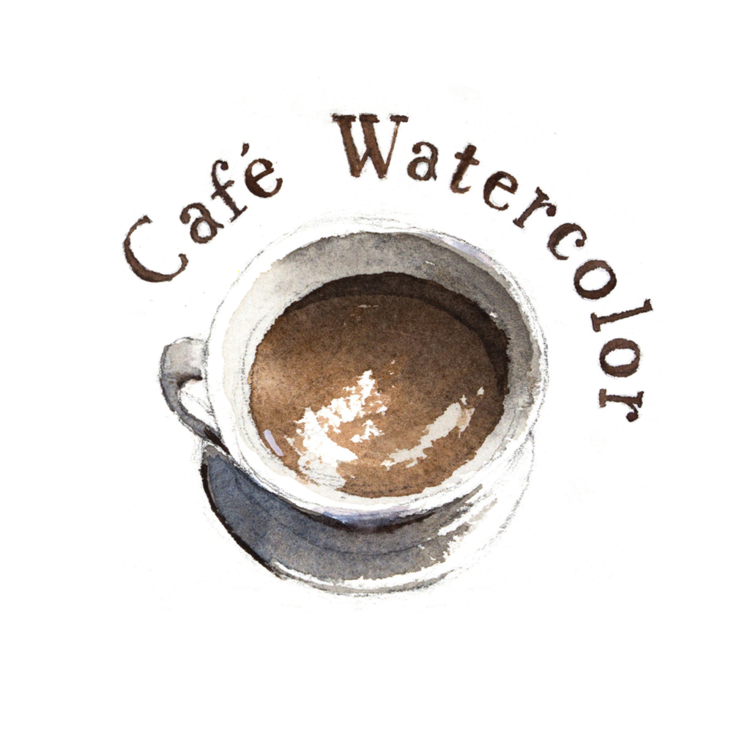The beauty of watercolor lies in wet on to wet. But in order to achieve wet on wet, the paper needs to be moist. And if you are like me, you probably feel frustrated sometimes because your wash dries too soon. So what do we do? Today I want to talk about a very useful tool - the spray bottle.
Let’s face it, watercolor is not easy. Especially when you want to connect big shapes while changing colors and add some wet on wet effects. I shared a video about wet on wet before. One of the tips I shared is to pre-mix your colors. I still stand by that tip, however, there are times I ran out of the mixture. So I have to mix colors on the fly, think about what shape to paint, while the wash is drying. Not only are you racing against the drying time, but you are also constantly making decisions in your painting. That’s very stressful. However, there is one tool that can keep your painting moist. So you can enjoy the wet on the wet process a bit longer. And that’s a spray bottle.
I know this doesn’t seem that magical. But I find myself using it more and more now because it allows me to have more time to do wet on wet so that I can get more nice clean soft shapes without rushing the process. Now, even though this is a simple tool, there are a few tips on using the spray bottles I want to share with you.
Do it gently - Don’t just point at the painting up close and spray. If you do that you are going to put out too much water in a small area, and that can ruin your wash. Instead, you want to gently float that mist over your painting. It’s more about adding moisture and humidity to your painting than making your painting wet. What I do is I usually keep at least 10 inches away from the painting, and point the spray a bit to the side. And as I spray I move the spray bottle across the painting. This will create a mist across the painting evenly. And I usually do this 2 to 3 times to make sure there is enough moisture.
Spray as you paint - Spray doesn’t work if the wash dries past a certain point. So don’t spray too late. I usually start adding some mist after 5 minutes or so. And spray again after another 4 minutes or so. I can’t tell you exactly what time you should spray because this can be affected by the paint and paper you use, the temperature, and the weather you are in. But after some practice and experience, you will develop a mental alarm to remind you to give a bit of spray when you are painting.
Use what you already have - I recently got a new spray bottle. This bottle used to be a hand sanitizer, it produces a very fine mist that’s perfect for painting. So I rinse the bottle after we used up the sanitizer, and now I also use this as my spray bottle. You might already have a spray bottle you can use. Some people use makeup spray. As long as it produces a fine mist, not huge water droplets, you are good to go.
While using a spray bottle is not a new trick, it does make my painting experience easier. So if you have been struggling with drying time and find yourself frustrated because you don’t have enough time to do wet on wet. Give it a try.
